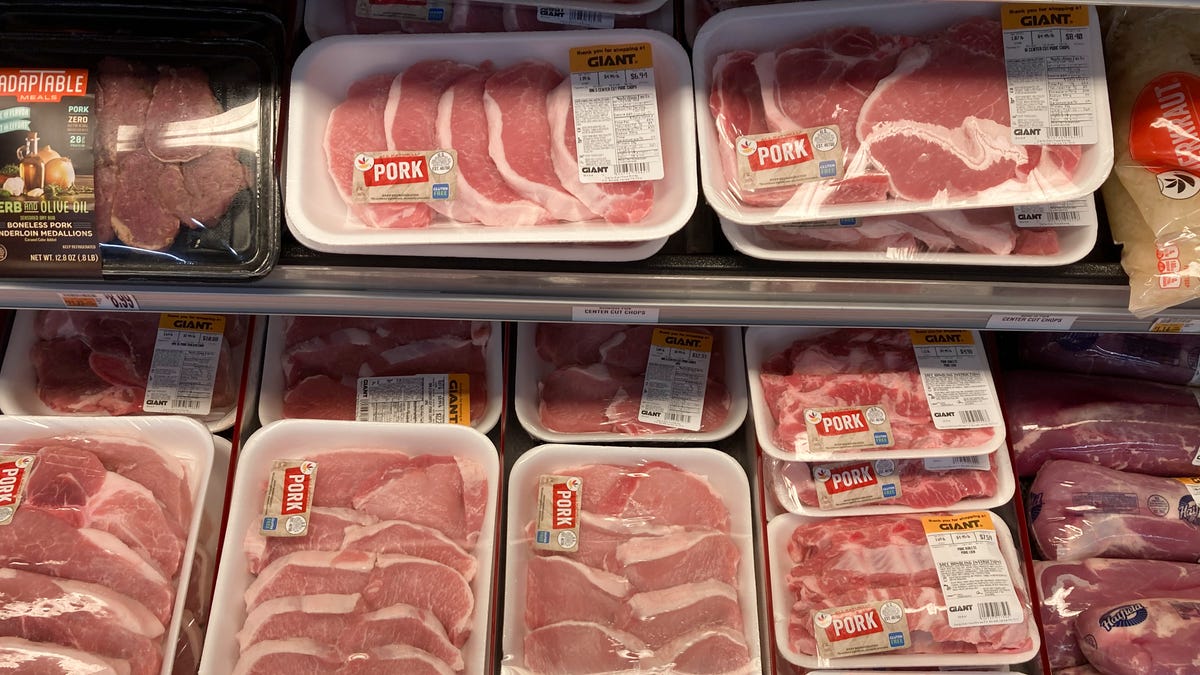When inflation rates in the U.S. hit a 31-year high, as the government reported on Wednesday, another concern quickly emerged among observers: the wage-price spiral.
The forces at work are clear to anyone who’s shopped recently.
Rising commodity costs, supply chain snarls and labor shortages are forcing Americans to pay more for items from meat to gasoline. Earlier this year, prices for corn, grain and soybeans we3 at their highest levels since 2012. More expensive commodities, such as polyethylene and wood pulp, have translated into higher consumer prices for toilet paper, diapers and most products sold in plastic containers.
As a result, employees are demanding higher wages to provide their families with everyday supplies.
And as employers pay for higher labor costs, business prices will rise.
►What is inflation? What is inflation? Concerns swirl amid increase in prices for food, energy, cars and more
►What’s driving it?The complicated reasons behind the U.S. inflation spike and what can be done to curb it
The wage-price spiral and inflation
Chipotle this summer announced it was boosting menu prices by roughly 4% to cover the cost of raising its workers’ wages. In May, Chipotle had said that it would increase its hourly wages for its restaurant workers, bringing pay to an average of $15 an hour by the end of June.
The back-and-forth relationship of prices and wages is what creates the wage-price spiral, which helps drive inflation.
The effects of the wage-price spiral were pronounced in the 1970s, as labor costs rose from 7 percent to 10 percent every year.
As employers raised pay, prices got higher.
“Companies could get away with raising prices to match wages because everyone was doing it,” former Washington Post columnist Robert J. Samuelson wrote in 2015.
►Highest in 31 years:US consumer prices soared 6.2% in past year, most since 1990
►What’s it mean for your wallet? Inflation surges to 31-year high. What the jump in consumer prices means for your pocketbook, Joe Biden’s troubles
What are the chances of a wage-price spiral in the U.S?
The unexpected burst of inflation this year reflects sharply higher prices for food and energy, but also for furniture, cars, televisions, and other largely imported goods. COVID-19 has shut down factories in Asia and slowed U.S. port operations, leaving container ships anchored at sea and shoppers and businesses paying more for goods that may not arrive for months.
“Price increases stemming from ongoing supply chain bottlenecks amid strong demand will keep the rate of inflation elevated,,” said Kathy Bostjancic, an economist at Oxford Economics, a consulting firm.
“While we share the Fed’s view that this isn’t the start of an upward wage-price spiral,” she said, “we look for inflation to remain persistently above 3% through mid-2022.”
►Thanksgiving dinner costs:How are inflation and higher grocery prices affecting your holiday meal?
Includes information from Associated Press reporter Christopher Rugaber
If you don’t see a form below, click here.
